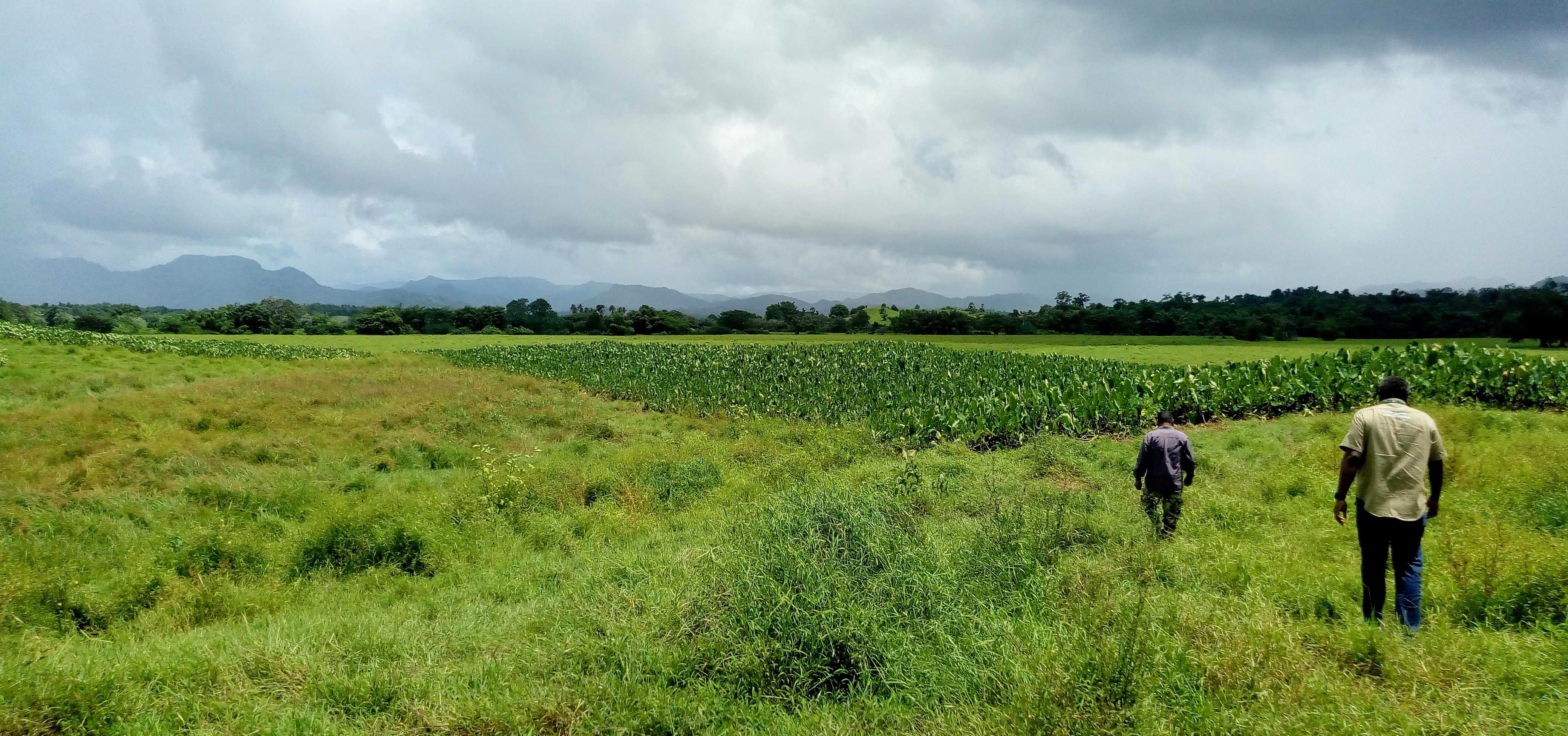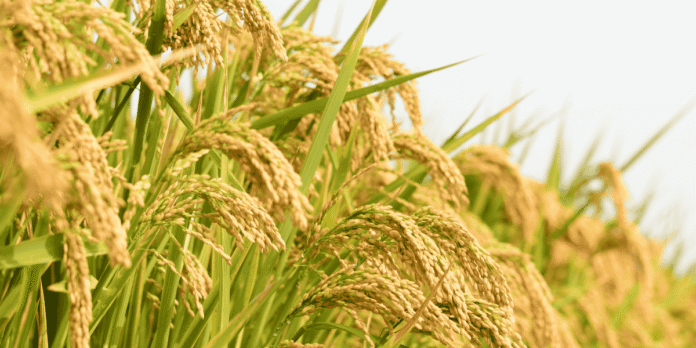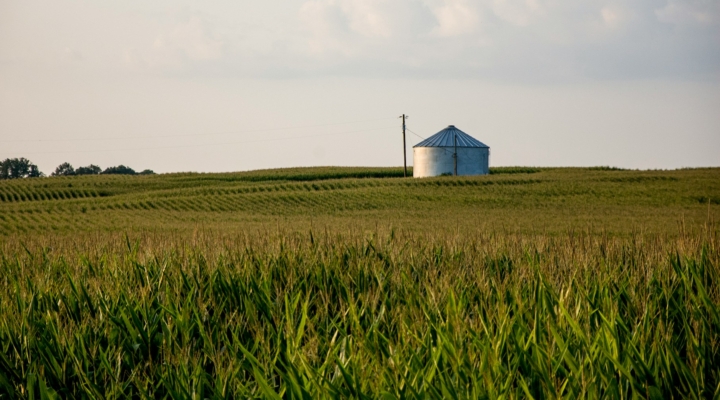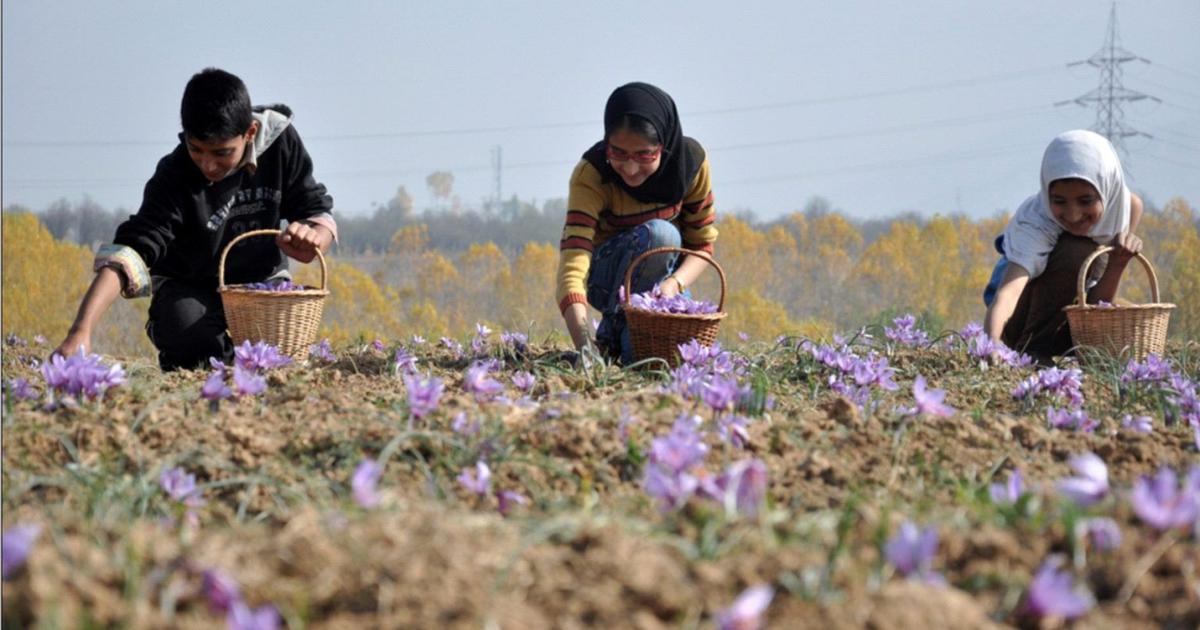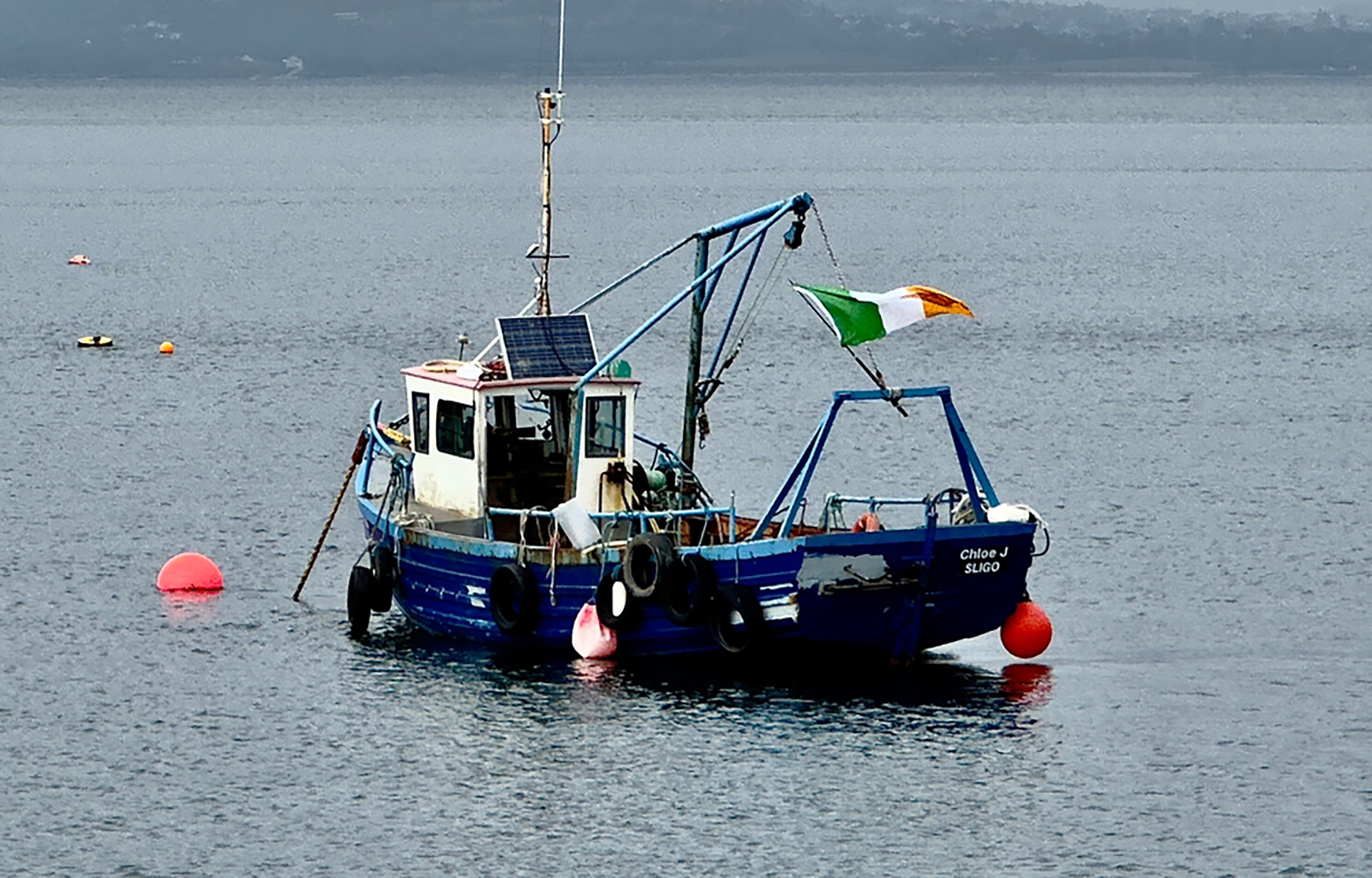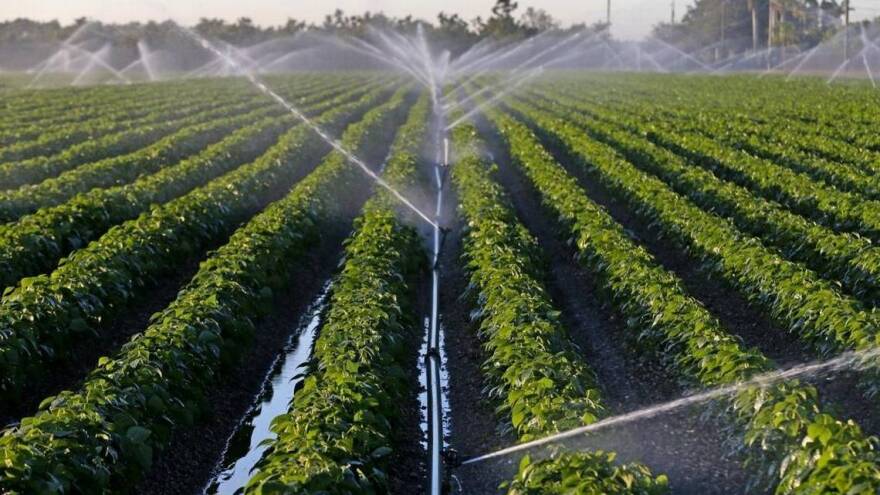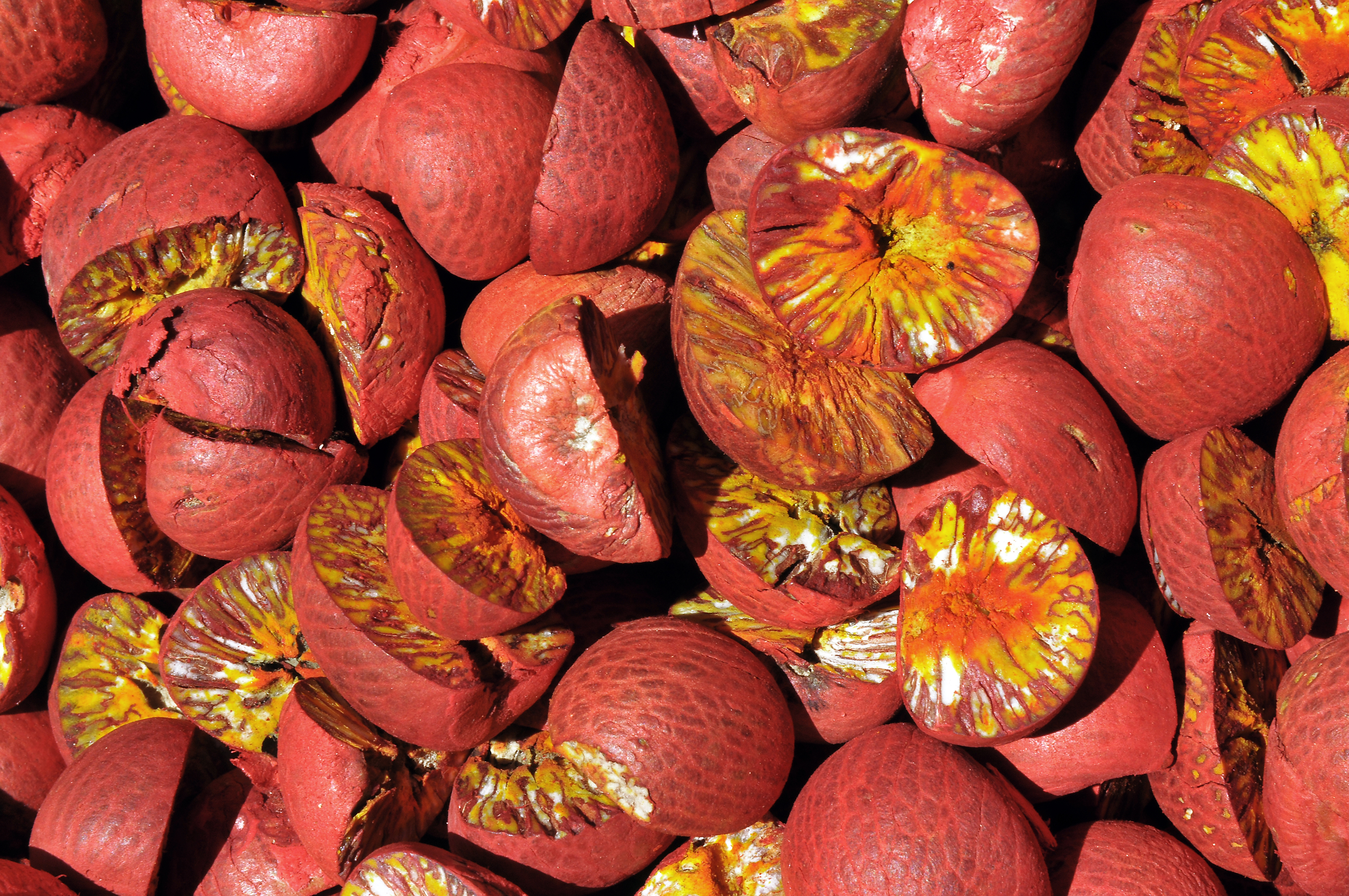The process of assessing risk in a farm business is no different than in any other business. In agriculture, however, the types of risks in agriculture can be unique.
How an individual views risk, how much they want to accept and how they manage it varies from person to person. Even so, there is a widely accepted framework that forms a logical and comprehensive process to assess and determine your approach.
This article describes the framework and gives some suggestions on how to use it.
Risk ‘Heat Charts’:
The chart is called a heat chart (see at top of page). The more intense the colour, the more “heat” the business takes from an adverse event. Developing a heat chart for your farm is done in a series of steps, which are explained below.
Step 1: Identify things that can go wrong
This may be the most important step because it can be easy to miss or to avoid thinking about the very thing that causes the business to fail: this is the “Black Swan” concept, based on the book that was quite popular a few years ago. It’s important to be thorough and comprehensive.
In our management courses we use the external and internal environment models developed by Michael Porter at Harvard to gauge risks faced by a farm business. They are simply comprehensive approaches to thinking about the risks in the external environment and internal environment.
Risks in the external environment:
- Markets and customers: This can include anything from declines in commodity prices to loss of an important customer. The latter can include a range of negative events from a customer switching to another supplier, to a customer in financial difficulty who fails to pay a significant receivable. (Each event should be given an identifier: a price decline could be 1a; switching to another supplier 1b; failing to pay 1c, and so on for all the events identified.)
- Policies, laws and regulations: Many farmers are keenly aware of changes in environmental, land ownership, pesticide or animal welfare regulations, or changes in BRM payments or procedures.
- Socio-economic factors: This could, for example, include consumer concerns about red meat, pesticides, changes in ethnicity. Are there trends that threaten the market for what you produce?
- Competitors: Some farmers don’t consider others as competitors, but they can be if, for example, they adopt effective technology that drives their costs down. They certainly can be competitors for land that you want to buy or lease. Also, think about competitors in other countries; for example, Brazil is a growing competitor against Canadian grain and oilseed producers.
Risks in the internal environment:
- People: This includes death or serious illness of a key person, including yourself; a key employee quitting; loss of support of key management in a related company; divorce; family feuding over any number of things that families feud over, especially in succession planning.
- Assets: Obviously this encompasses fire, property damage, hail, important off-farm investments.
- Finance: This requires understanding your financial position, especially debt service capacity and how it interacts with both production and markets.
- Processes: Business process involves all the activities from obtaining inputs to delivering and collecting on final products. Risks then include the possibility of breakdown, sabotage, or becoming outdated.
Step 2: Estimating potential impact
Once the potential events are identified, the next question is how bad will it hurt if each occurs? This will vary with the event. It often helps to get input from key employees or others familiar with your business. The bottom line is that you need to be realistic about the damage an event would cause, both in the short term and long term. Also, it’s important to be as realistic as possible. Look again at the heat chart, and note that it is set up as five levels of impact from negligible to extreme. These categories can be converted to dollar amounts that fit your farm to make the process more vivid.
Step 3: Estimating the likelihood of occurrence
This step is as described. Assign a likelihood on whether the event will occur. Note that the heat chart has five categories from remote to probable, which are translated into probability ranges. As with the potential impacts in Step 2, it is important to be as realistic as possible for each potential event.
Completing the Heat Chart
When you have the impacts and likelihoods estimated for each possible event, plot them into the various cells in the heat chart, using the identifiers for each. This will give a visual representation of the risks and their distribution. Some people then use a minimum numerical score (e.g. 10 and above) to decide which risks to manage. This then leaves the final step of developing a risk management plan for those events that qualify.
The appeal of this approach is that it gives managers the opportunity to be as comprehensive as possible in identifying potential risks and it forces them to think seriously about their likelihood of occurrence and impact on the farm business if they occur.
Source - country-guide.ca






